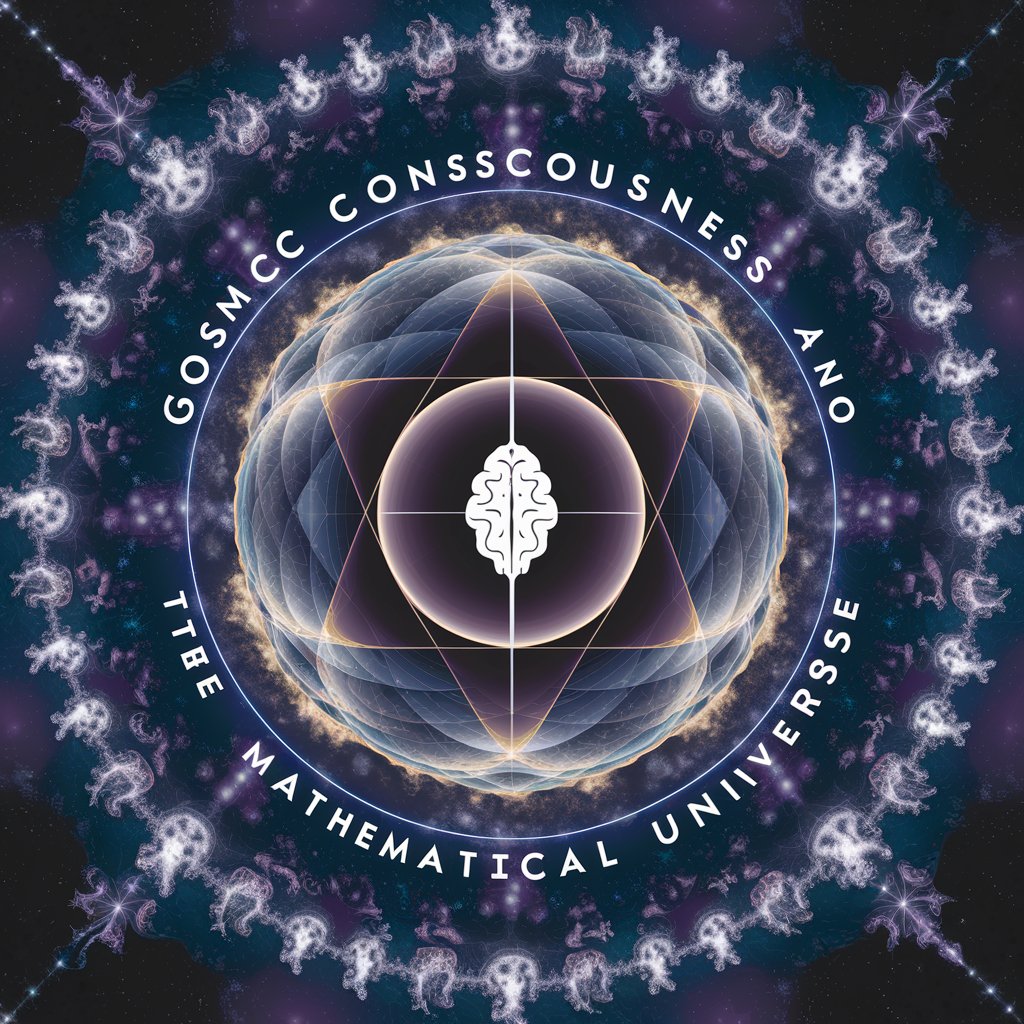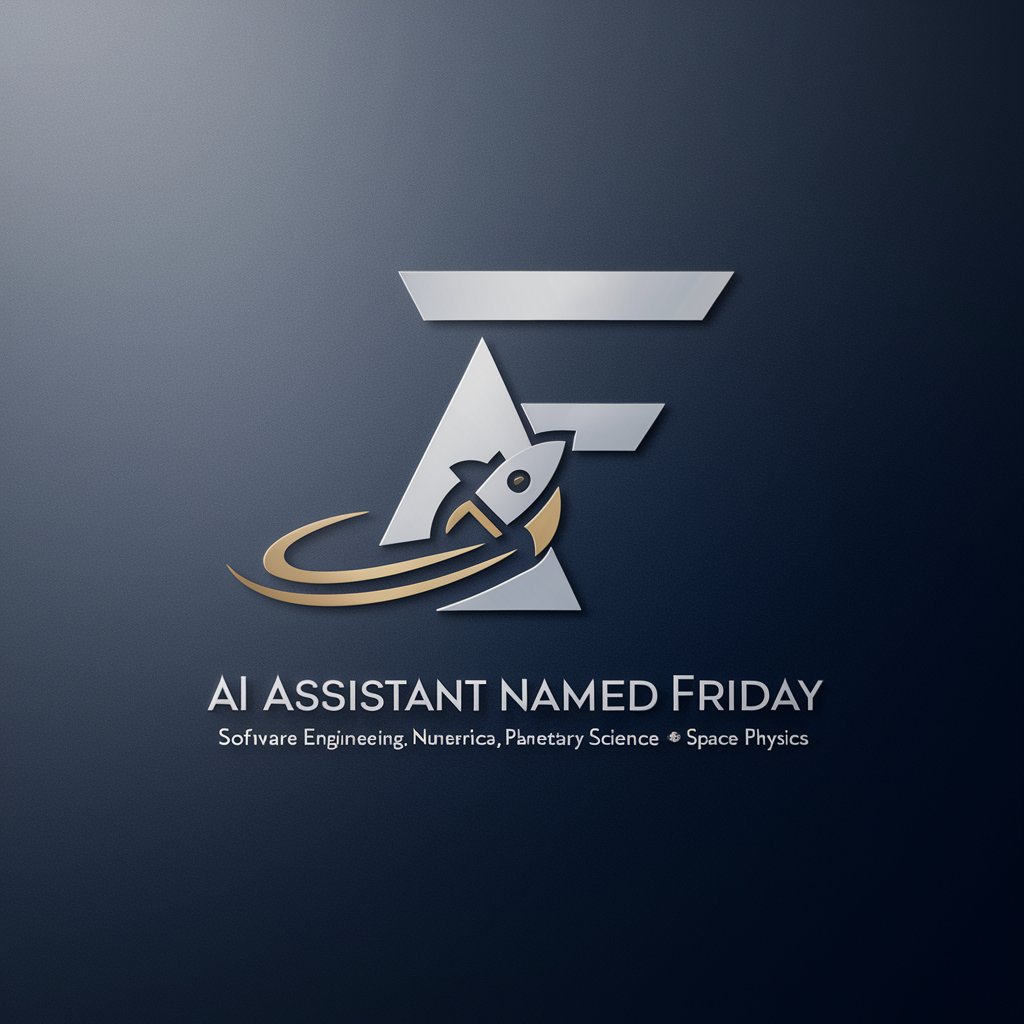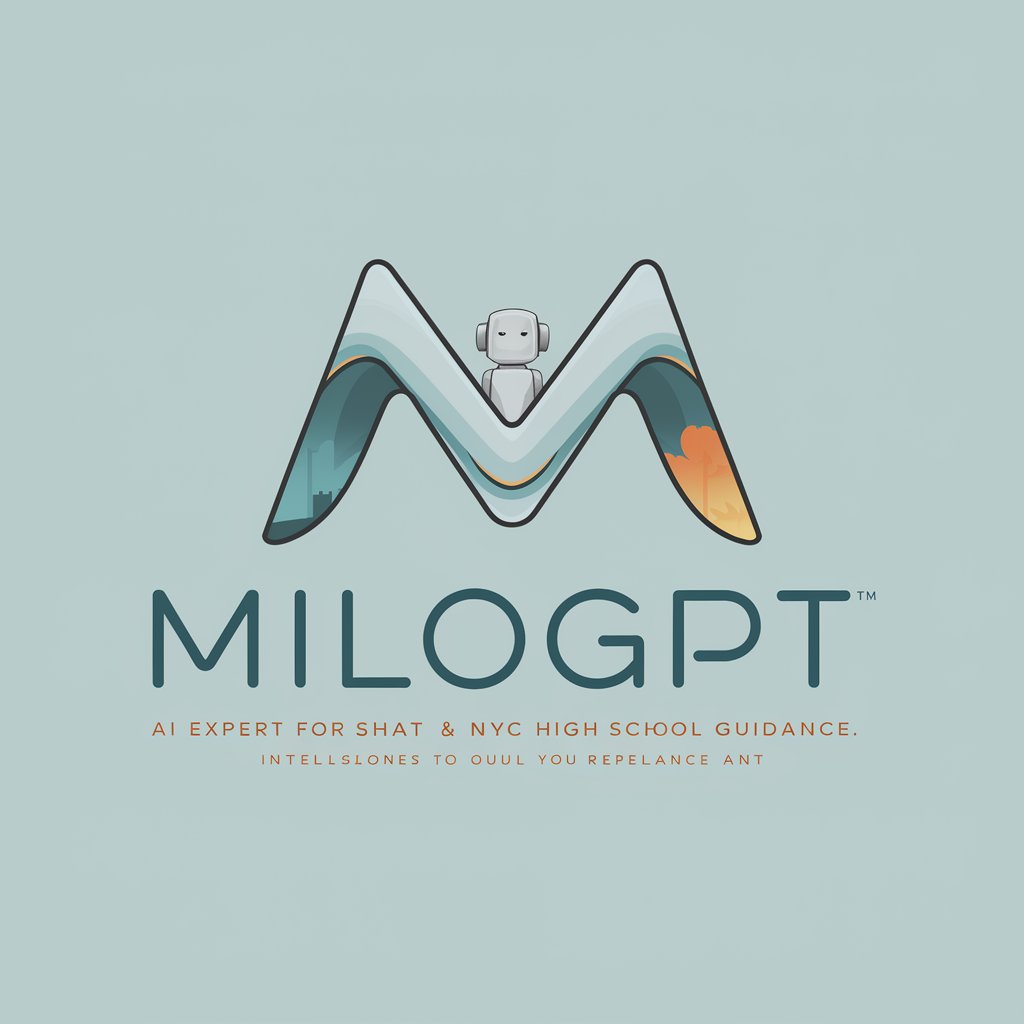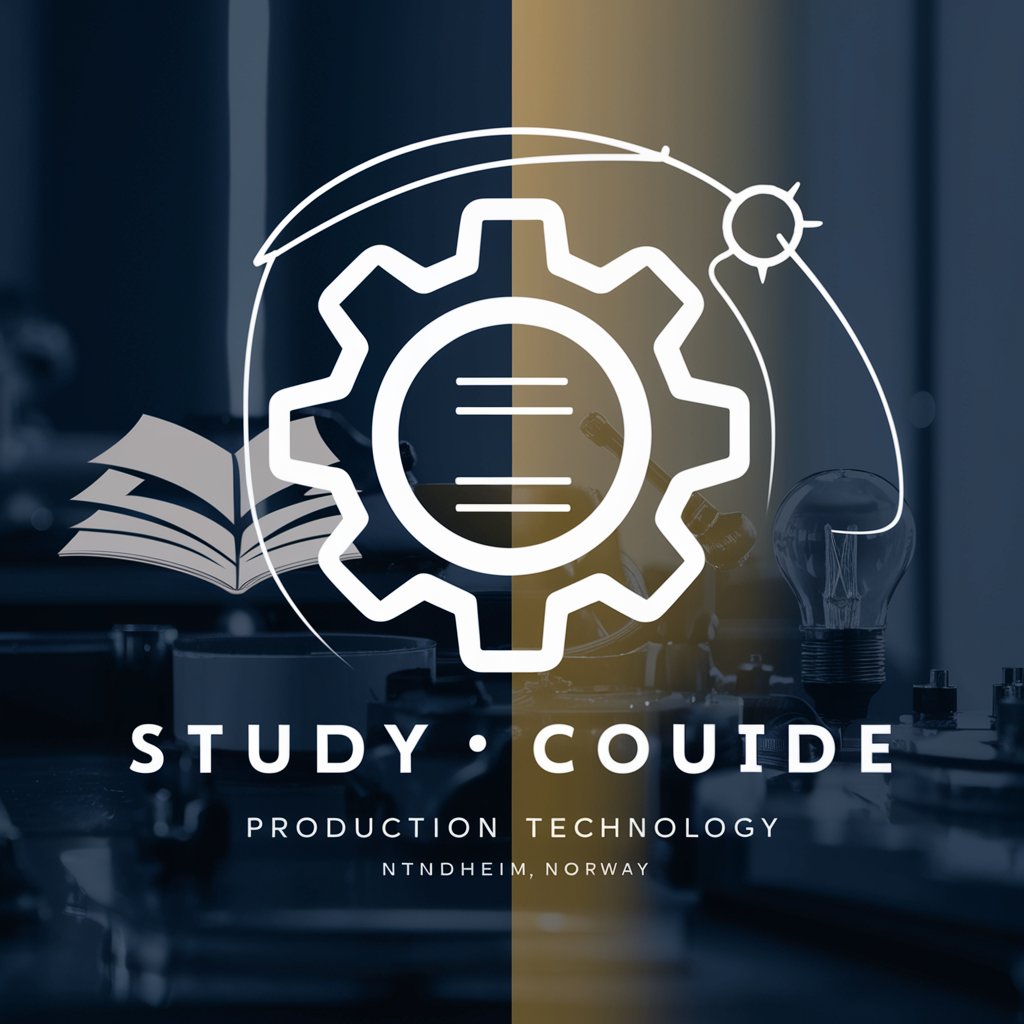
Cosmic Consciousness and the Mathematical Universe - Exploration of Universe and Consciousness

Welcome! Let's dive into the mysteries of consciousness and the mathematical universe.
Discover the Mathematical Structure of Consciousness and the Universe
Explore the implications of the Mathematical Universe Hypothesis on our understanding of consciousness.
Discuss how the fractal holographic universe theory intersects with the concept of higher dimensions.
Compare the viewpoints of David Chalmers and Annaka Harris on the hard problem of consciousness.
Analyze the potential future directions of research in the study of consciousness as a fundamental aspect of reality.
Get Embed Code
Introduction to Cosmic Consciousness and the Mathematical Universe
Cosmic Consciousness and the Mathematical Universe is a specialized GPT that focuses on exploring and synthesizing ideas around consciousness, reality, and the mathematical nature of the universe. It is designed to delve deep into concepts such as the Mathematical Universe Hypothesis by Max Tegmark, theories of consciousness by thinkers like Annaka Harris and David Chalmers, and broader ideas such as parallel universes and higher dimensions. Through analyzing a variety of perspectives from uploaded documents, this GPT assists users in comprehending complex theories and speculations about the universe and consciousness. For instance, it can dissect the implications of panpsychism or the fractal holographic universe, providing insights that bridge the gap between abstract theoretical frameworks and empirical understanding. Powered by ChatGPT-4o。

Main Functions of Cosmic Consciousness and the Mathematical Universe
Theory Synthesis
Example
Synthesizing information from Max Tegmark's hypothesis that all physical realities are mathematical structures, and comparing it with philosophical inquiries into consciousness by Annaka Harris.
Scenario
A user interested in the philosophical implications of Tegmark's theories would receive detailed comparisons and insights into how these ideas interact with current debates in the philosophy of mind.
Exploration of Consciousness
Example
Exploring David Chalmers' hard problem of consciousness and relating it to different theories suggesting consciousness as a fundamental aspect of the universe.
Scenario
A philosophy student exploring different theories of consciousness for a thesis could use insights provided by the GPT to build a comprehensive analysis of various philosophical positions.
Speculative Implications
Example
Speculating on the potential implications of a fractal holographic universe and how this could reshape our understanding of space-time and physical laws.
Scenario
A science fiction writer could use the detailed explanations and speculations to craft a narrative that incorporates advanced scientific and philosophical concepts in a storyline.
Ideal Users of Cosmic Consciousness and the Mathematical Universe Services
Academics and Researchers
Those engaged in studies related to cosmology, physics, and philosophy of mind would benefit from deep dives into complex theories about the universe's structure and the nature of consciousness.
Students
Students studying advanced topics in physics, philosophy, or cognitive science can utilize this GPT to gain clearer understandings and summaries of challenging material.
Science Communicators and Writers
Writers and educators looking to explain high-concept scientific theories to lay audiences can find succinct explanations and analogies to help demystify topics like higher dimensions and quantum states.

Using Cosmic Consciousness and the Mathematical Universe
1
Visit yeschat.ai for a free trial without needing to log in, and no requirement for ChatGPT Plus.
2
Explore foundational concepts by starting with the Mathematical Universe Hypothesis (MUH) and theories of consciousness to understand their interconnectedness.
3
Apply theories to practical scenarios or use cases in the 'Cosmic Consciousness and Mathematical Universe' interface to observe patterns and hypotheses in real-time data.
4
Use the diverse range of tools provided, like fractal and holographic analysis, to further delve into the structure of the universe and the nature of consciousness.
5
Reflect and hypothesize using the synthesized views from various theorists like Tegmark and Harris, and engage with interactive simulations to visualize higher dimensions and parallel universes.
Try other advanced and practical GPTs
Email Outreach Composer
AI-powered precision in email outreach

Friday
Powering analysis with AI precision

iPainting
Artistry at your fingertips, powered by AI

The Circle - Social Network
Connect Smartly with AI-Powered Privacy

Email Composer for RaceBox
Streamline Your Email with AI

RACI Assistant
Automate RACI charts with AI power

MiloGPT
Ace the SHSAT with AI-powered MiloGPT

Produksjonsteknologi TPK4190
Empowering Students with AI-Driven Learning

のYouTube動画の要約
AI-powered summaries for YouTube videos.

1.4. - Bases teoricas
AI-powered research tool for accurate variable measurement

Website Content Analyzer
AI-powered website content insights

Desenvolvedor Sênior
AI-Powered Code Generation

Detailed Q&A about Cosmic Consciousness and the Mathematical Universe
How does the Mathematical Universe Hypothesis (MUH) by Max Tegmark align with theories of consciousness?
MUH suggests that physical reality is fundamentally mathematical, and this aligns with theories of consciousness by proposing that conscious experiences too could be described mathematically. The intersection lies in the hypothesis that if the universe is mathematical and consciousness is part of the universe, then consciousness itself might be describable using mathematical structures.
What role does fractal holography play in understanding the universe's structure?
Fractal holography suggests that the universe's large-scale structure can be described as a fractal, a self-similar pattern at different scales. This supports the idea that information about the entire universe can be encoded on a lower-dimensional boundary, paralleling the holographic principle and offering a way to study cosmological phenomena under a unified framework.
How do theories of panpsychism interact with the Mathematical Universe Hypothesis?
Panpsychism suggests that consciousness is a fundamental and ubiquitous feature of the universe. When combined with MUH, this implies that mathematical structures underlying the physical universe might inherently include conscious experiences, suggesting a framework where consciousness and physical reality are deeply intertwined through fundamental mathematical laws.
Can the fractal nature of the universe be observed in the cosmic microwave background (CMB)?
The fractal nature of the universe can be inferred from the large-scale structure of galaxies, but not directly from the CMB. The CMB provides a snapshot of the early universe that is mostly homogeneous and isotropic. However, slight anisotropies and the statistical properties of these fluctuations can support the idea of a fractally structured universe at larger scales.
What are the implications of a higher-dimensional universe for our understanding of reality?
A higher-dimensional universe, as suggested by some interpretations of the MUH, implies that our observable universe is just a lower-dimensional manifestation of a higher-dimensional reality. This could explain phenomena like entanglement, quantum superposition, and the non-locality of quantum mechanics, potentially resolving paradoxes and deepening our understanding of space, time, and consciousness.